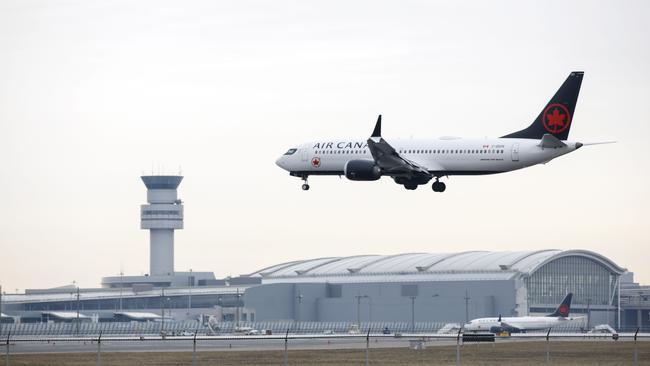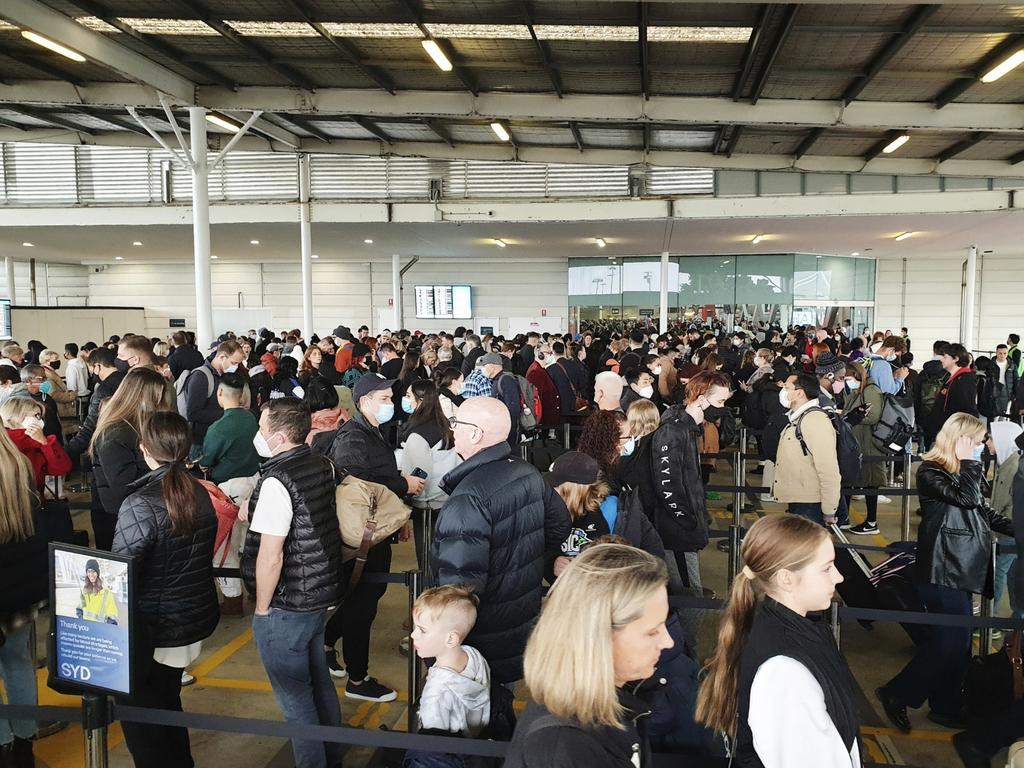This is the world’s worst airport for delays
If you’re planning to fly out of this city and are on a tight schedule, consider the train.

For the past five years, this city’s international hub has taken top honors for airport service in North America.
This year, Toronto Pearson International has earned a different distinction. Amid a summer of flight disruptions at airports around the world, delays are worse here than anywhere else.
Over 53% of flights departing Toronto Pearson between June 1 and July 18 arrived late at their destinations, according to flight-data specialist FlightAware. That was the highest rate among the world’s top 100 airports by number of flights.
Airports have been scrambling for months to manage a surge in demand as the lifting of Covid-19 travel restrictions collides with the typically busy summer travel season. Many airlines and airports haven’t been able to hire enough staff to meet that demand, after letting go workers amid the pandemic and the travel hibernation it caused.
The result: long lines at check-in, bag drop and security, lost luggage and delayed and canceled flights. The disruptions have been more severe in Europe, which relies more on the sort of international travel that has been held back the most by Covid restrictions. The U.S. domestic market, by contrast, has been surging for some time, giving airlines more time to manage the rush ahead of the summer.
Toronto Pearson officials say they, too, were caught by the surge in traffic. They say they had less time to adjust to fast-rising demand because airline bookings in Canada didn’t increase significantly until late May and June. That happened only after the federal government moved to eliminate restrictions such as vaccine requirements for domestic travelers and random airport Covid tests.
Deborah Flint, chief executive of the airport’s operator, the Greater Toronto Airports Authority, said the airport was overwhelmed in the final weeks of June. So many passengers were stranded by delays and missed connections on Father’s Day weekend that the airport kept its departure gates open overnight to allow a few hundred displaced travelers to sleep.
“We have a long way to go to get the system and Pearson where we want it to be,” Ms. Flint said.
GTAA is a private, non profit that leases the airport from the government. Another headache is service issues at the country’s biggest airline, Air Canada. Air Canada operates about 55% of all flights at Toronto Pearson. More than a third of its arriving planes in June were late disembarking passengers. Air Canada blamed its flight disruptions on Toronto Pearson’s baggage-system breakdowns and overstretched staff at border, security and air-traffic control operations, each operated by separate government authorities.
“All of these bodies must work well and together for the entire system to function properly,” the airline said. Air Canada volunteered last month to cut about 154 flights daily, or 15% of its current capacity, to ease the bottlenecks.

Among those traveling through the Toronto airport in late June were Canadians Rosmarie Buxbaum and her husband David Cartwright. They flew on June 24 from Ottawa to Toronto, for a flight on to London, where they boarded a cruise ship for a 15-day tour of Norway and Iceland.
When they arrived at Heathrow Airport, they were told their baggage missed the flight to London. Ms. Buxbaum said Air Canada promised to deliver their luggage to one of the ship’s planned port stops. Instead, the bags were delivered to the porch of their vacant home in Ottawa. Without their packed suits and dresses, the couple canceled reservations for formal dinner and dancing events to celebrate her 66th birthday and their wedding anniversary.
“I ended up wearing sweatpants for the trip of a lifetime,” Ms. Buxbaum said. “Every night I went to the maître d’ and apologized to him about our clothes. It was a total embarrassment.” After Toronto, the next two worst big airports in the world in terms of delays for June and July were Canada’s Montreal Airport and Germany’s Frankfurt Airport, with departure delay rates of 48.2% and 46.2%, respectively, according to FlightAware.
It is a painful aberration from Pearson’s usually well-regarded service. For the past five years, Toronto finished first in a closely followed airport-services ranking compiled by Airports Council International, a trade body. The ranking measures overall customer satisfaction through such methods as questionnaires for arriving and departing passengers.
Toronto Pearson handles about 50% of Canada’s international flights and about half of the country’s air cargo. Ms. Flint said the airport is working with airlines and border, security and air-traffic control authorities to increase staff and streamline arrival and departure processes.
Things are getting better. Delays peaked on June 30, when 347 or 66.6% of the airport’s scheduled departures were delayed, according to FlightAware.
Waiting times to clear Canadian border screening have improved recently, too, but lineups are still so long that arriving international flights are holding passengers on the planes for an average of 16 minutes until they are allowed to join the lines, an airport spokesman said. The wait is longer for U.S.-bound travelers, who had to wait as long as 75 minutes one day earlier this month because of a shortage of U.S. border agents stationed in the airport to preclear passengers, the spokesman said.



To join the conversation, please log in. Don't have an account? Register
Join the conversation, you are commenting as Logout